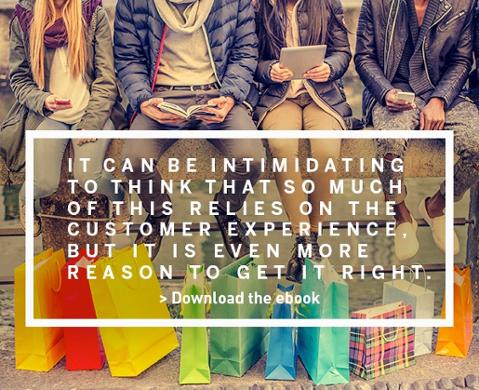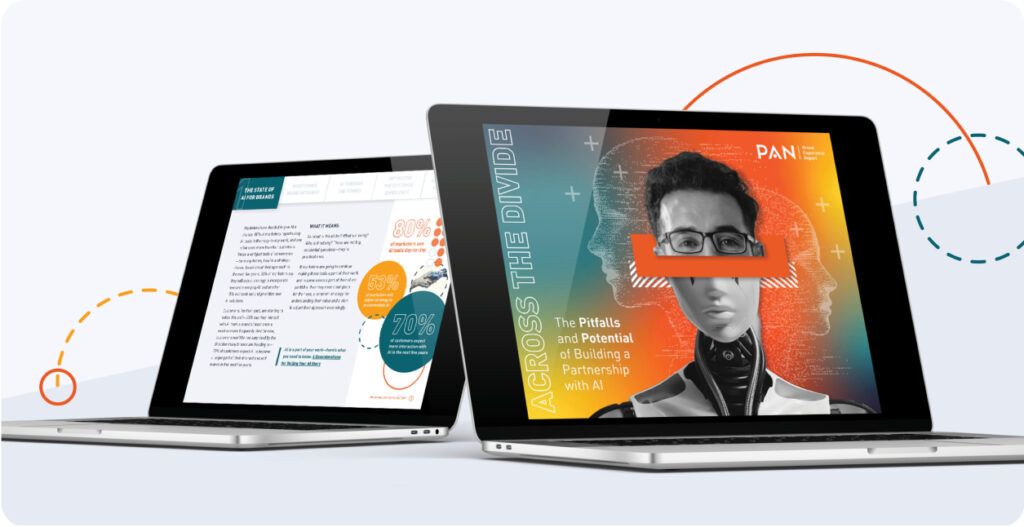Digital media has been a game changer for political campaigns over the last three election cycles. With the stakes higher than ever this year, citizen outreach and GOTV are essential – in all forms.
From the rise of Harris Media to the powerful predictions of Nate Silver, candidates are realizing the need to better use online strategies to engage with new and existing voters, target groups with personalized messages and speak to alienated populations.
This matters a lot: the 2012 elections brought out only slightly more than half of the population according to Pew Research. With voter turnout alarmingly low, all tactics count to inform and rally the people.
Political candidates have learned a great deal from the successful digital strategies of the private sector, bringing in talent and lessons learned from corporate America to leave a mark on political campaigns today. What insights can be shared from this year’s election? In light of the latest party conventions, we decided to take a deeper dive into this topic.

Source: pexels.com used under CC license.
1. Candidates get social. From appearances on “Late Night with Jimmy Fallon” to the “feel the bern” anthem by lead singer of Edward Sharpe and the Magnetic Zeros (and countless other viral videos and memes), candidates are using new channels to speak to voters – especially to activate the growing Millennial vote. Social media has information that is shared in real time and is easy to digest, and while that may have a negative impact on the knowledge sharing of substantive policy issues, it is a highly effective way to get noticed. The winner of the social media race for the hearts and minds of citizens will have a leg up in November, to be sure.
Social media has been a forum that has lent itself to lively “debates” of its own this election: with Trump’s infamous “Twitter feuds” now a regular occurrence, the battle of the 140-character count is as much a topic of media scrutiny as it is an active setting for voters to get cues about the integrity of candidates under fire.
2. Consumption is changing. This is the exciting part, in terms of greater mainstream accessibility as well as voter engagement. People are tuning in and adding their voice to the conversation. Last week’s Democratic National Convention drove 14 million online impressions of more than 600,000 mentions, 10 million of which were from Twitter alone (PAN’s own Netbase team pulled these stats for some context!). From live-streaming both conventions on Twitter to tapping multi-screen activity so that voters can share their thoughts on debates and speeches as they take place or react to news as it unfolds, cross-channel interactions are commonplace these days. And to make a splash, digital assets need to be interactive: more than ever, voters are tuning in to news sites and expecting to see tickers and visuals that help them understand the world they are living – and voting – in.
3. Segmentation matters. As far back as the 2008 election, digital strategists have been using social media to target voters in specific areas (read: Florida) and based on focused interests. And for single-issue voters, especially, this can greatly impact the vote. Social media and digital marketing strategies provide the opportunity for increased 1-to-1 conversations, championing micro-conversations instead of repeating the same message with a 1-to-many technique that is much less personal. This extends to email, display and social, and is changing the way candidates fundraise and approach grassroots support – as well as where they spend their campaign advertising dollars.
4. Data affects awareness and perception. We’re living in the era of Nate Silver phenomena, where data is used to predict outcomes from sporting events to election results. As a self-proclaimed “art meets science” geek, I nerd out on this – and it helps campaigns plan and adjust, much like companies do with their own digital strategies. But as much as data helps feed awareness, it also has the power to change perceptions. This, too, is exciting – with a warning label for politics.
Working in the world of media, I try to be conscious of how spin affects the world we live in – and during the election season, this can be a tough pill to swallow. It’s important to look at how information, especially short form content, paints a picture, for better or for worse. For voters, misinformation is often shared with sound bites (read: memes, viral video clips and sensationalist articles) that misconstrue meaning, made more prevalent by social media and confirmation bias of newsfeeds. When every vote counts, understanding how online communities persuade audiences can be a tool used both to educate and to try to neutralize the effect of inaccurate information.
5. Democratization of information rules. In the end, knowledge is power. Using the internet to speak to more people at the right place and the right time is a good thing. What candidates – and companies – use these channels for will be the mark of their brand legacy. By inserting relevant, persuasive information into online discussions and engaging with communities, candidates can and should be held more accountable to speak to a wider representation of the population. As the elections evolve with digital media, the world is watching – and responding (in 140 characters or less).
Looking for more examples of digital marketing wins in election 2016? Read this Inc. article, “The Best Digital Marketing Tactics from the Current Presidential Candidates.”


